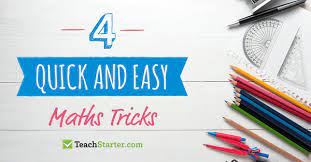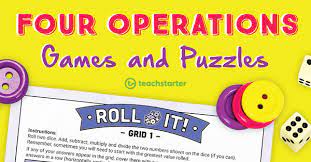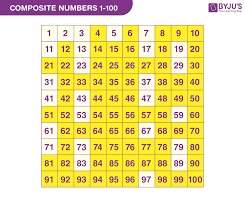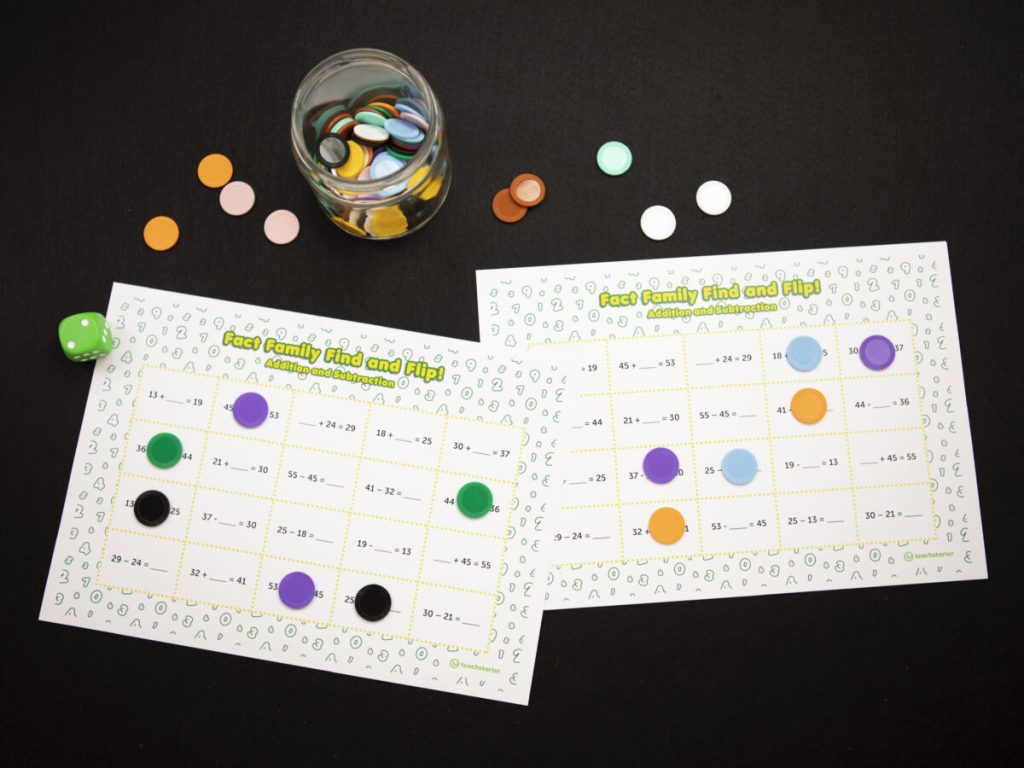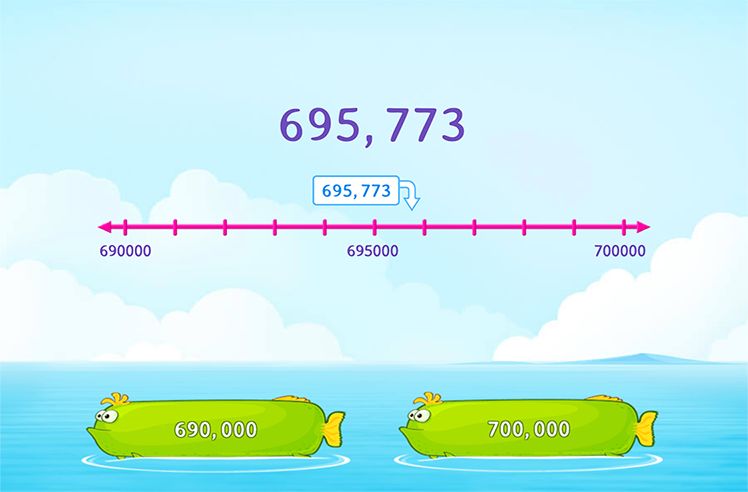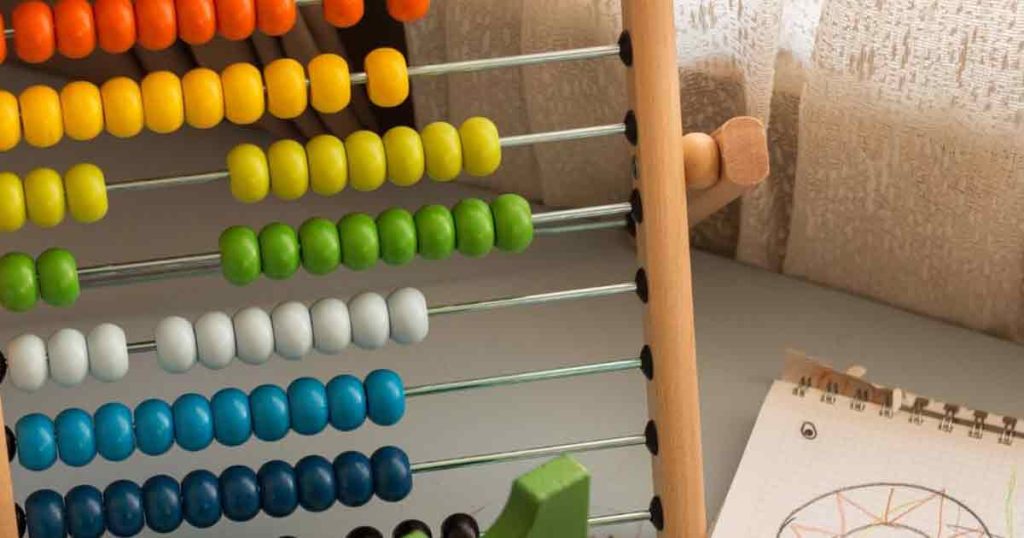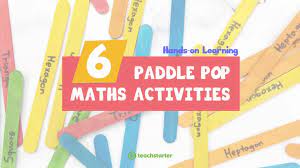The term “sigma” has multiple meanings across different contexts, from its origins in the Greek alphabet to its use in mathematics, statistics, science, and contemporary internet culture. This comprehensive guide explores the various definitions and applications of sigma, focusing particularly on its recent popularity as a personality type in online discourse and memes.
Sigma as a Greek Letter
At its most basic level, sigma is the 18th letter of the Greek alphabet:
Basic Information
- Symbol: Σ (uppercase) and σ (lowercase)
- Position: 18th letter in the Greek alphabet
- Numerical value: 200 in Greek numerals
- Pronunciation: /ˈsɪɡmə/ (SIG-muh)
Historical Context
- Has been used in written Greek since ancient times
- One of the most recognizable Greek letters in modern contexts
- Featured in numerous ancient texts and inscriptions
- Has special forms when it appears at the end of a word (ς instead of σ)
Sigma in Mathematics and Statistics
Sigma has crucial applications across multiple mathematical fields:
Mathematical Notation
- Summation: The uppercase sigma (Σ) represents summation of a series
- Example: Σ(i=1 to n) i² means 1² + 2² + 3² + … + n²
- Standard Deviation: The lowercase sigma (σ) represents standard deviation in statistics
- Algebra: Sometimes used to denote the sum of divisors in number theory
Statistical Significance
- Six Sigma: A set of techniques and tools for process improvement developed by Motorola
- Aims for 99.99966% of products to be defect-free (3.4 defects per million)
- Used in business and manufacturing to improve quality control
- Name derives from the statistical concept of standard deviations (sigma)
Scientific Applications
- Physics: Used in various formulas, particularly in quantum mechanics
- Chemistry: Represents certain types of chemical bonds (sigma bonds)
- Engineering: Used in stress calculations and signal processing
- Computer Science: Used in algorithmic notation and computational complexity
The “Sigma Male” in Internet Culture
In recent years, “sigma” has gained popularity online as a personality type designation:
Definition of “Sigma Male”
- A term describing men who are:
- Independent and self-reliant
- Successful but outside traditional social hierarchies
- Introverted but confident
- Disinterested in social validation
- Nonconformist while maintaining strength and capability
Origins of the Concept
- Emerged around 2010 as an extension of the “alpha/beta male” terminology
- Popularized by various YouTube videos and blog posts about male archetypes
- Gained significant traction on social media platforms around 2020-2021
- Often presented as an alternative to the “alpha male” archetype
Contrast with Other Male Archetypes
- Alpha: The traditional dominant, socially central leader
- Beta: The supportive, socially dependent follower
- Sigma: The independent, socially detached achiever
- Omega: The social outcast at the bottom of the hierarchy
- Delta/Gamma/Other: Various other positions in proposed male hierarchies
Cultural Context and Development
- Initially presented in some self-help and dating advice communities
- Evolved into internet memes and social media content
- Subsequently became both seriously discussed and ironically referenced
- By 2025, the term has become widely recognized in online spaces
- Often associated with fictional characters like John Wick, Batman, or the Driver from “Drive”
The “Sigma Male Grindset” Phenomenon
- Term combining “sigma” with a stylized version of “mindset”
- Centers on hustle culture, rejection of social distractions, and focus on success
- Characterized by motivational content promoting:
- Intense work ethic (“the grind”)
- Emotional detachment
- Financial independence
- Rejection of romantic entanglements that interfere with goals
- Self-improvement above social acceptance
Sigma Female Concept
- Developed as a parallel to the sigma male
- Describes women who are:
- Independent and self-sufficient
- Unconcerned with social hierarchies or validation
- Successful on their own terms
- Comfortable with solitude
- Generally less widespread in online discourse than the male equivalent
- Often positioned as an alternative to traditional gender expectations
Memetic Evolution
- Progressed from serious personality discussions to ironic and satirical content
- “Sigma male music” and edited video montages became popular formats
- Phrases like “sigma rule #X” used to caption both genuine advice and absurdist humor
- Self-referential jokes about recognizing “sigma behavior” in mundane or extreme actions
- By 2025, has developed multiple layers of irony and self-awareness in online communities
Criticism and Analysis of the Sigma Concept
The sigma male concept has faced substantial criticism from various perspectives:
Psychological Criticism
- Not recognized in formal psychology or personality research
- Lacks scientific validity or empirical support
- Oversimplifies complex human personality traits
- Creates artificial and rigid categories for fluid human behavior
- May appeal to those seeking simple explanations for complex social dynamics
Sociological Perspectives
- Reinforces potentially harmful stereotypes about masculinity
- Can promote isolation or antisocial behavior as ideals
- Often intertwined with problematic aspects of hustle culture
- May discourage seeking community or emotional support
- Critics note it can serve as a rebranding of loneliness as a choice or strength
Alternative Frameworks
- Established personality models like the Big Five offer more scientific alternatives
- Introversion/extroversion spectrum provides more nuanced understanding than discrete types
- Attachment theory offers insights into relationship patterns without hierarchical implications
- Self-determination theory addresses autonomy and competence without the competitive framework
Media Analysis
- Media studies scholars note the concept’s relationship to lone wolf heroes in films and literature
- Some see it as a digital extension of the “strong silent type” archetype in Western culture
- Others view it as a response to perceived social pressures in contemporary society
- The concept’s popularity may reflect genuine social alienation experienced by many young men
Sigma in Popular Culture and Media
Beyond its use as a personality descriptor, sigma appears in various media contexts:
Film and Television
- Sigma Films: An independent film production company
- Characters: Often retroactively labeled as “sigma” by fans (e.g., Drive’s unnamed protagonist)
- Plot Devices: Mathematical sigma concepts sometimes featured in science-based plots
Music and Art
- Sigma Notation: Visual arts project exploring mathematical symbolism
- Sigma Sound Studios: Historic recording studio in Philadelphia
- Artists and Bands: Several musicians use “Sigma” in stage names or album titles
- Electronic Music: British drum and bass duo “Sigma” achieved chart success
Gaming
- Sigma: A character in the game Overwatch described as an “eccentric astrophysicist”
- Sigma Technology: Featured in various science fiction game narratives
- Sigma Theory: A strategy game about global conspiracy
- Guild/Clan Names: “Sigma” frequently used as a name for player organizations
Literature
- Science Fiction: Often uses sigma in technical or mathematical contexts
- Character Names: Occasionally used for intelligent or analytical characters
- Publishing: Sigma Books is an imprint focusing on popular science titles
- Academic Journals: Many include “Sigma” in their titles, particularly in scientific fields
Other Uses of Sigma in Contemporary Society
The term appears in numerous additional contexts:
Business and Organizations
- Sigma Corporation: Japanese camera and lens manufacturer
- Phi Beta Sigma: Historically Black fraternity founded in 1914
- Sigma Aldrich: Major supplier of biochemical and organic chemical products
- Sigma Consulting: Various consulting firms use this name
Technology
- SigmaOS: A browser designed for productivity
- Sigma Computing: Data analytics platform
- Sigma Notation: Used in computer programming languages
- Sigma Rules: In cybersecurity, detection rules for potential threats
Education
- Sigma Notation: Taught in mathematics curricula
- Six Sigma Certification: Professional credential for process improvement
- Sigma Honor Societies: Various academic recognition programs
- Teaching Methodology: Used as an example in statistics education
Health and Medicine
- Sigma Receptors: Proteins important in neuroscience and pharmacology
- Sigma Factors: Components in bacterial RNA polymerase
- Medical Terminology: Used in various specialized contexts
- Health Care Quality: Six Sigma principles applied to medical processes
The Linguistic Evolution of “Sigma”
The term’s journey through language illustrates how words evolve:
Etymology
- Derived from the Phoenician letter “shin” (𐤔)
- Entered Greek as “σίγμα” (sígma)
- Spread through Latin to influence modern European languages
- Maintains consistent pronunciation across many languages
Semantic Expansion
- Beginning as simply a letter designation
- Expanding to mathematical and scientific notation
- Further broadening to business terminology via Six Sigma
- Recent adoption as a personality type and cultural reference
- Demonstrates how technical terms can enter popular discourse
Internet Language Development
- Shows how online communities create and evolve terminology
- Illustrates the acceleration of linguistic drift in digital spaces
- Represents the merging of technical jargon with popular culture
- Exemplifies how terms can develop ironic or meta-referential meanings
Conclusion: The Multifaceted Meaning of Sigma
Few terms demonstrate the diversity of meaning across different contexts as well as “sigma.” From its origins as a simple Greek letter to its complex contemporary uses in mathematics, statistics, business, and internet culture, sigma illustrates how language evolves across disciplines and communities.
While many people today may primarily associate sigma with the “sigma male” internet phenomenon, its foundational meanings in mathematics and science remain crucial in those fields. The term’s journey from ancient writing system to modern meme showcases the rich ways in which language adapts to new contexts while carrying traces of its earlier uses.
Understanding the various meanings of sigma—whether you encounter it in a calculus problem, a quality control process, or a social media post—provides insight into how specialized terminology moves between technical fields and popular culture, sometimes taking on entirely new connotations along the way.
Whether used as a serious scientific notation, a business methodology, or an ironic reference to personality types, sigma demonstrates the fascinating ways in which language continues to evolve in our interconnected, digital world.



